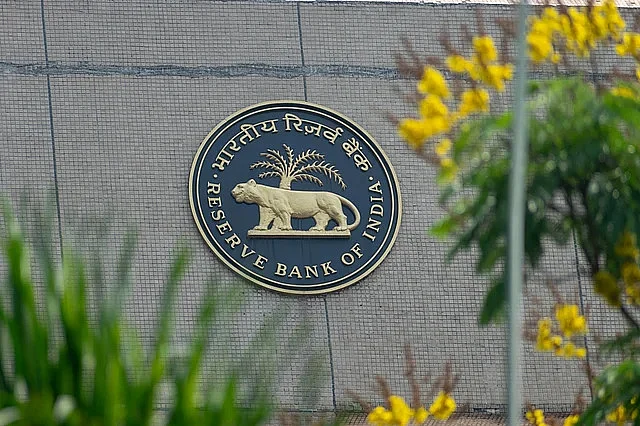India's economy is displaying signs of resilience in the face of global economic volatility, the Reserve Bank of India's (RBI) June 2025 Bulletin reports. The monthly Bulletin provides a comprehensive overview of economic indicators, monetary policy, and financial markets.
Growth Steady Despite Global Challenges
The Bulletin stated, "Financial conditions remained conducive to facilitate an efficient transmission of rate cuts to the credit market". May 2025 high-frequency indicators point to satisfactory performance in industry and services. Agriculture too reflected across-the-board growth of major crops during 2024-25.
Headline inflation, a worry in recent years, stayed under the RBI target for the fourth straight month in May. This provides some relief for policymakers, particularly as core inflation remains in check.
Financial Conditions Remain Supportive
One of the highlights of the Bulletin is a fresh Financial Conditions Index (FCI), which monitors market liquidity, interest rates, and other variables daily. The index indicates that the financial conditions in India have been broadly manageable from mid-2023 and continue to be conducive to credit growth.
For the present financial year, the index captures the favourable effect of an optimistic equity market and money market with plenty of liquidity. As a result, credit is available, and companies are in a better position to borrow and invest.
Smaller Firms Feel Policy Moves More Deeply
The Bulletin examines how monetary policy affects Indian manufacturing companies through what is referred to as the balance sheet channel. This implies that when interest rates increase or decrease, they influence a company's cash flow and ability to borrow, thereby affecting how much it can spend on equipment or expansion.
Smaller companies, which are under more financial pressure, are more responsive to such changes. They are most dependent on internally generated funds when there is an increase in interest rates since borrowing then becomes expensive. The bigger companies are also impacted, but the difference between how dependent their investment decisions are on cash flow was not so evident.
CD Issuances Driven by Liquidity Needs
Another Bulletin article examines the issuing of Certificates of Deposit (CDs), short-term securities issued primarily by banks to finance immediate requirements. The evidence indicates public sector banks draw heavily on CD issues compared to private banks, and mutual funds are the largest investors, holding close to 85 per cent of outstanding issuances.
Liquidity shortage, demand for credit, and anticipation of increasing interest rates are some of the primary causes for banks to issue CDs. According to the Bulletin, CDs are taken more during times of tight liquidity as well as when deposit mobilisation is low.
Inflation Forecasting Gets a Tech Boost
To enhance the forecasting of inflation, RBI has come up with a new approach that incorporates statistical models along with machine learning and deep learning technologies. The model assists in reducing the likelihood of mistakes and provides greater precision in forecasting both headline and core Consumer Price Index (CPI) inflation.
The benefit of this methodology is that it not only provides point forecasts but also gives us a range of possible outcomes, enabling policymakers to plan for alternatives.











